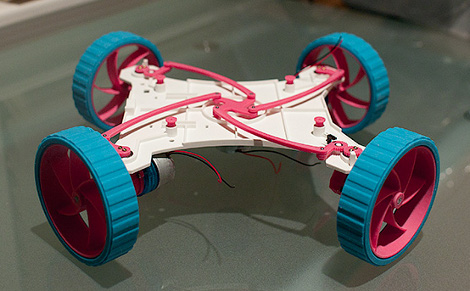
It’s not Nixie cuff links yet, but we’re seeing a lot of potential for a few very classy accoutrements with [thouton]’s Nixie tube necklace.
The build was inspired by this much clunkier necklace that found its way onto the MAKE blog. Unlike the previous necklace, [thouton] used a much smaller Mullard ZM1021 indicator bulb. Instead of the normal 0-9 digits in a Nixie, this tube displays only A V Ω + - % and ~, betraying its pedigree as part of the display from an ancient multimeter.
To power the bulb, [thouton] is using a single AA battery and a boost converter salvaged from a camera flash unit. All the circuitry is on a little piece of perfboard encased in a handsome aluminum tube. Power is delivered through two terminals with a bit of audio cable standing in as the chain of the necklace. We suppose this could be re-engineered to use a coin cell battery; although a coin cell doesn’t offer as many amp hours as a AA cell, [thouton] is confident the AA will last for a few days. A coin cell would be more than enough for a night on the town, though.










Recent Comments